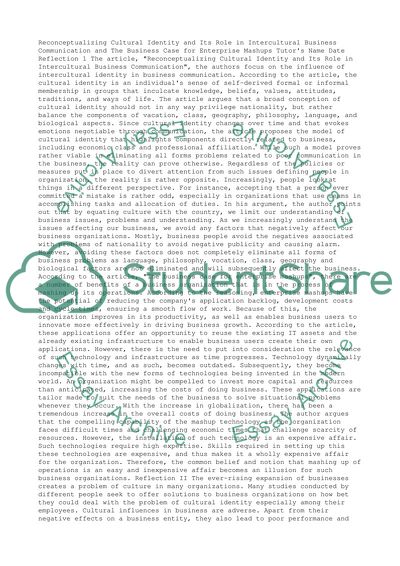Cite this document
(“Reconceptualizing Cultural Identity and Its Role in Intercultural Article”, n.d.)
Reconceptualizing Cultural Identity and Its Role in Intercultural Article. Retrieved from https://studentshare.org/business/1483956-write-reflection-on-these-two-articles
Reconceptualizing Cultural Identity and Its Role in Intercultural Article. Retrieved from https://studentshare.org/business/1483956-write-reflection-on-these-two-articles
(Reconceptualizing Cultural Identity and Its Role in Intercultural Article)
Reconceptualizing Cultural Identity and Its Role in Intercultural Article. https://studentshare.org/business/1483956-write-reflection-on-these-two-articles.
Reconceptualizing Cultural Identity and Its Role in Intercultural Article. https://studentshare.org/business/1483956-write-reflection-on-these-two-articles.
“Reconceptualizing Cultural Identity and Its Role in Intercultural Article”, n.d. https://studentshare.org/business/1483956-write-reflection-on-these-two-articles.


